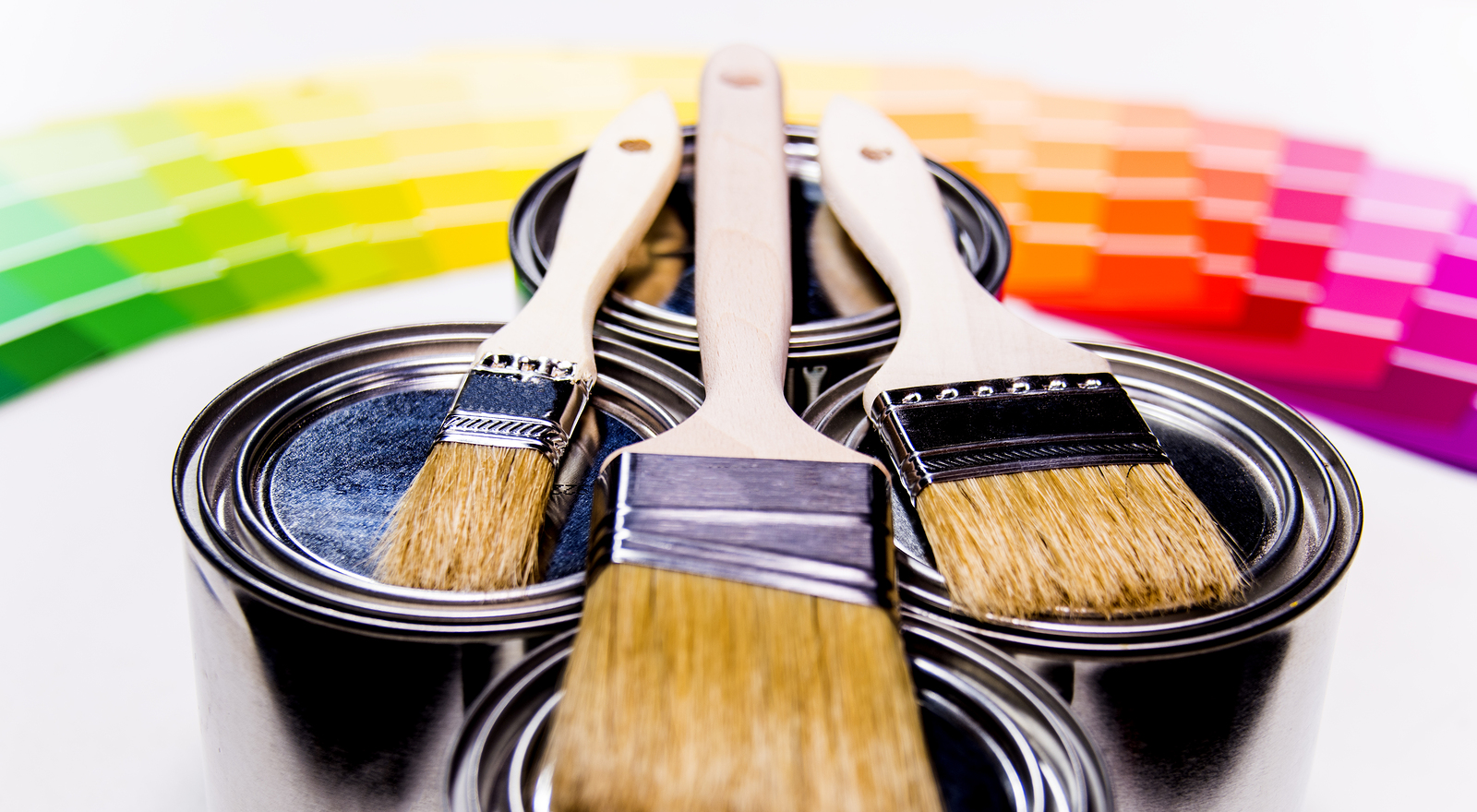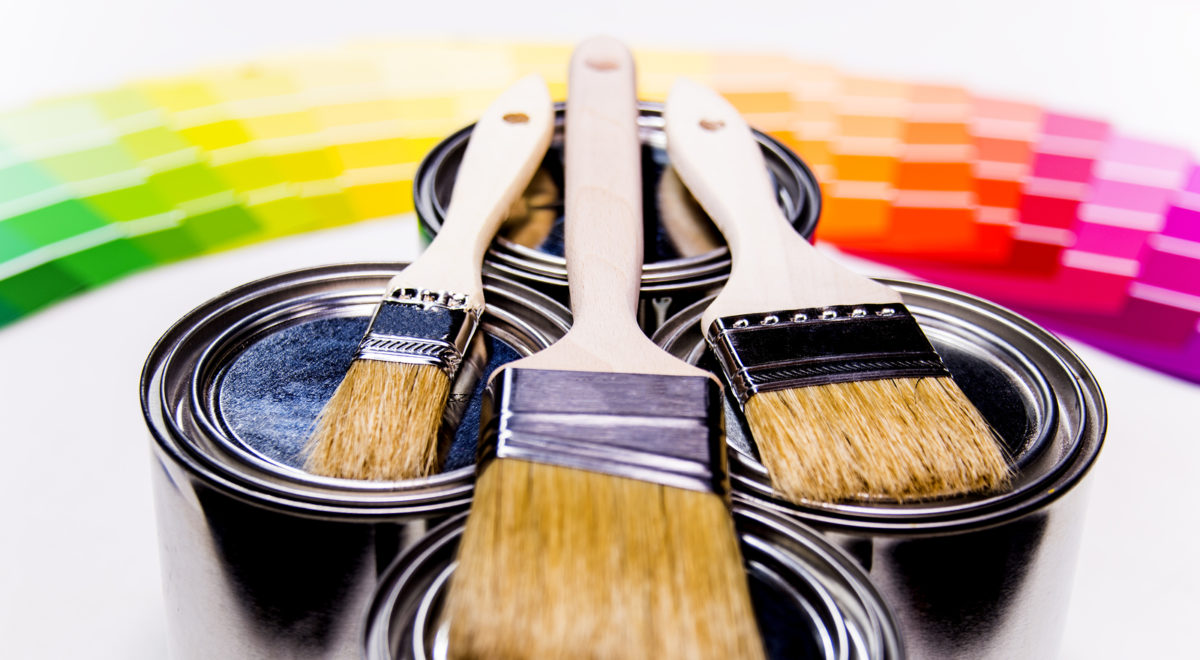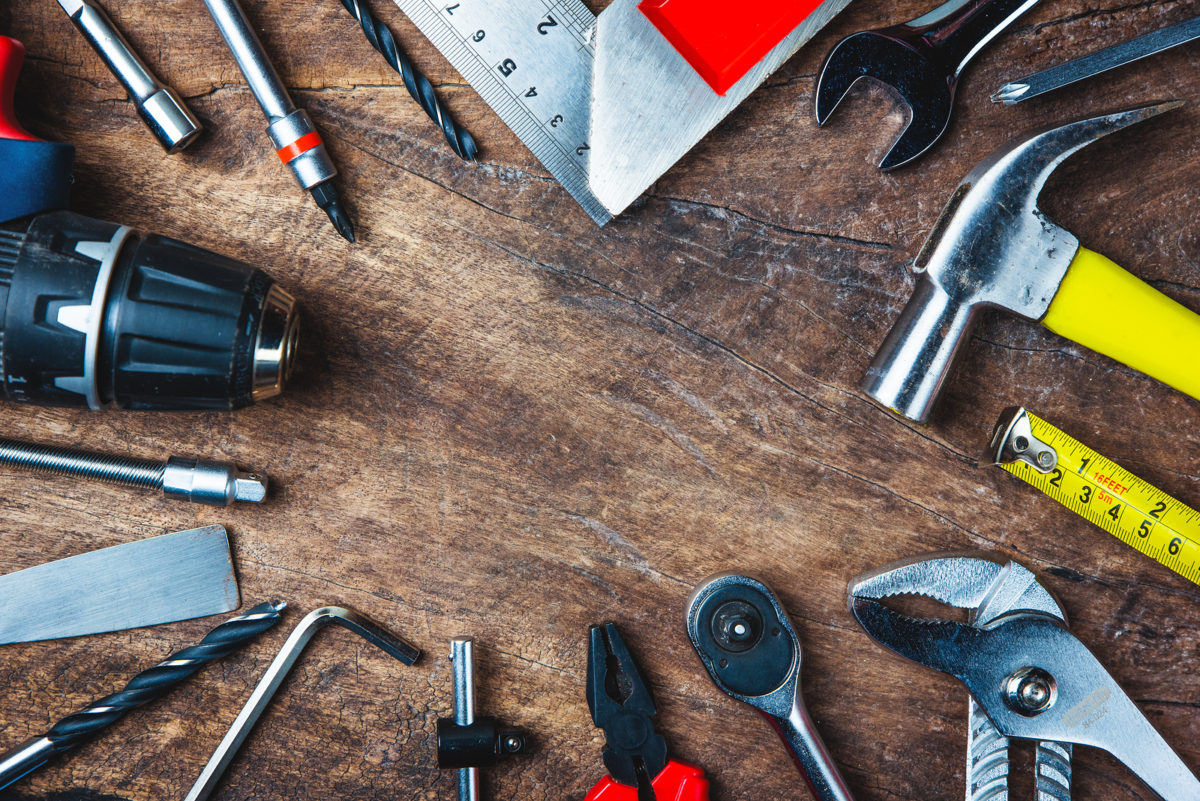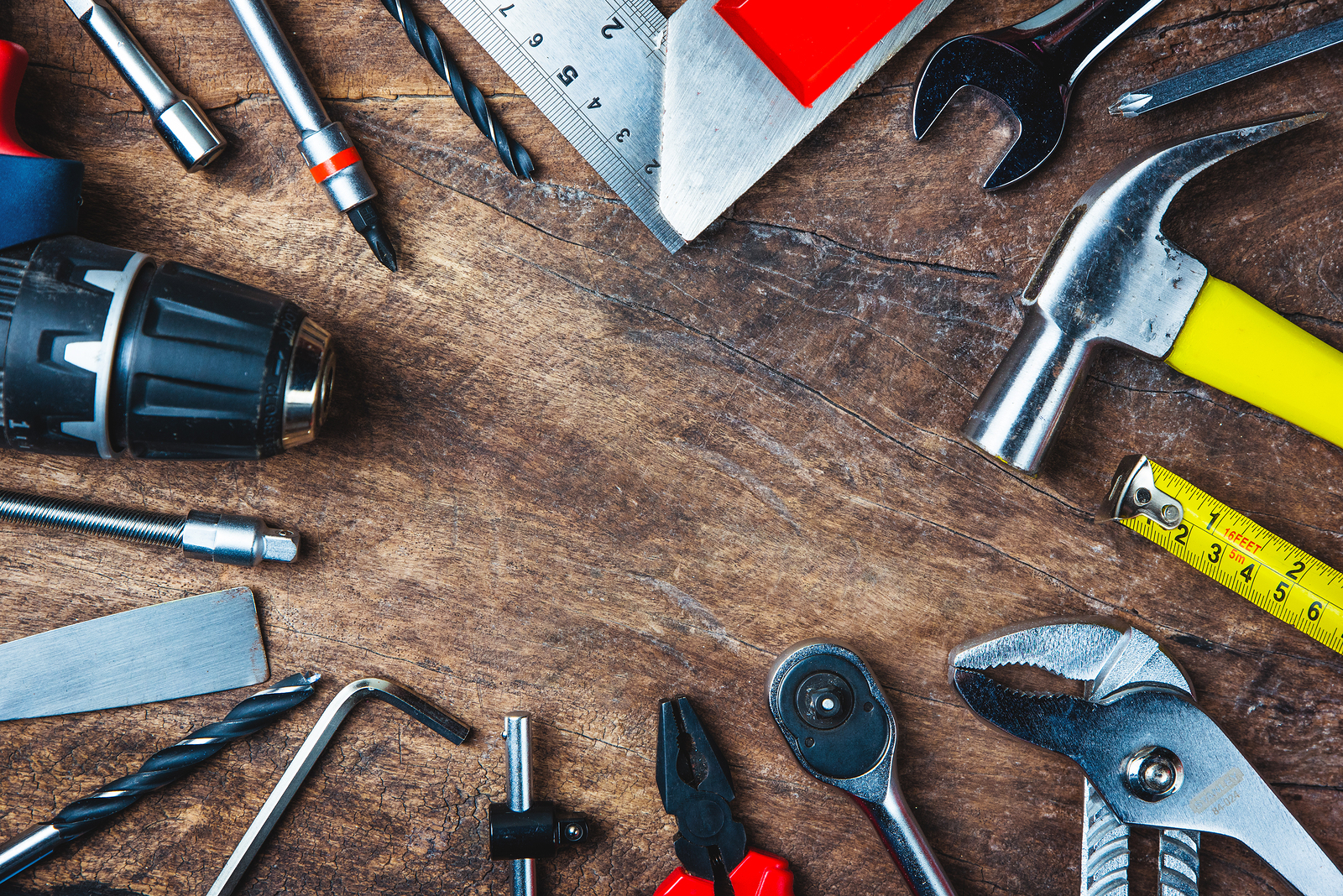
Paint is the miracle cure for a home that needs freshening. It not only adds color, but, if the color is chosen strategically, it can make rooms appear larger, smaller and even cleaner.
The best part of painting as a home improvement project is that you can control costs by doing it yourself. The worst part is how much preparation is involved before you can put roller to wall. But, it’s critical that you prepare properly – it’s what sets you up for success.
Don’t head out to the paint store just yet. First, take a look at our list of what you’ll need.
What you’ll need:
Depending on the condition of your walls, you may not need to purchase this entire list.
- Measuring tape
- Plastic tarps
- Canvas drop cloth or rosin paper
- Painter’s tape or liquid masking tape (for windows and trim)
- Spackling compound and spatula
- Fine grit sanding paper
- Sanding pole (optional)
- Bucket of soapy water
- Paint primer (optional)
- Paint
- Paint brushes and roller or paint sprayer
- 5-gallon bucket with roller grid or a paint tray
- 4- or 8-foot painter’s pole (for ceiling work)
- Paint brushes
Preparation is key
You’ll need to know how much paint to purchase, so measure the area carefully. Start with the longest wall first, and “square that number for the ceiling,” recommends James Glave, of This Old House.
How to measure
Then, take that longest wall’s measurement and multiply it by its height, then multiply the result by four. Glave suggests that you double the number if you’ll be applying two coats. Or, you can wing it and use the rule of thumb (one gallon for each 400 square feet) or use a paint calculator, like the one at glidden.com or lowes.com.
Then, figure out whether you’ll use a roller or sprayer. To help you decide, read the results of Popular Mechanic’s “Brush & Roller vs. Paint Sprayer” tests.
Now you’re ready to go shopping for all the supplies you’ll need (see the list, above).
Pre-painting prep
On painting day, push any furniture that you won’t be removing to the middle of the room and throw the tarp over the top, ensuring that everything is covered. For extra protection, tape the bottom of the tarp to the floor.
Then, use the canvas drop cloths to cover the floor. The pros recommend canvas over plastic for several reasons:
- They remain in place better
- Paint spills dry quicker
- They aren’t as slippery as plastic drop cloths
Canvas can be slippery, however on vinyl, hardwood and tile floors, so the pros at familyhandyman.com recommend rosin paper (available at home centers) to cover hard floors.
Next, you’ll want to protect any areas of the wall that you won’t be painting. This is where the painter’s tape comes in. Use it to cover electrical outlets and baseboards. The pros recommend that after you apply the tape “… over the wood, then run a putty knife over the top to press down the tape for a good seal,” according to Brett Martin at popularmechanics.com.
Discover the different uses for painter’s tape and how to use it with Ace Hardware’s handy video.
Liquid masking tape is ideal for protecting the glass in windows from spattered paint. Watch Mauro Henrique, painter for This Old House, apply it in this video.
Fill in holes and indentations in the wall with spackling compound. True Value Hardware offers a spackling walkthrough on its website.
Now it’s time to use that sanding paper to even out the spackle and other rough surfaces on the wall. Sanding also helps the new paint to adhere better. Attach the sanding paper to a sanding pole to make the job easier. Although these tools can be pricey, there are inexpensive ones available at the large home improvement stores.
The pros recommend that you sand the wall from the baseboards up to the ceiling and then horizontally at the baseboard and the ceiling.
“Don’t put a lot of pressure on the sanding pole or the head can flip over and damage the wall, Martin cautions.
Finally, use that bucket of soapy water to wash down the walls, ridding them of dust and any grime left after sanding. Allow the walls to dry completely before painting.
If you’ll be using primer, which is recommended if you need to cover crazy colors, stains or block odors (KILZ is one brand that is popular for odors), now is the time to apply it. By the way, Consumer Reports claims that their highest-rated paints include primer, so priming the wall before painting has become an unnecessary step.
Let’s get painting
What type of paint will you need? Choosing the color is just the first step. You’ll also need to determine the best sheen for your situation. Consumer Reports offers a tutorial on the various paint sheens and the best projects for each.
Then you’ll be faced with a choice between oil-based and latex paint. Learn the differences at hgtv.com.
Most painting pros recommend that you start your painting project with the ceiling. From there, you’ll find varying recommendations ranging from saving the trim for last to doing it before the walls, right after or just before the ceiling is painted.
The pros at familyhandyman.com are among the paint-the trim-first gang, claiming it’s much easier to paint the trim before the walls. Since you will be covering anything you slop on the walls with wall paint later on, “you don’t have to be neat” when painting the trim, they say.
Know which types and sizes of brushes are appropriate for your situation. Once you get to the paint department the selection will boggle your brain. Sherwin-Williams offers a paint brush selection guide that will help you choose.
Tip: Pour paint from the can into a bucket or other container. This avoids transferring dust and dirt from the brush to the fresh can of paint.
“Once the trim is completely painted and dry (at least 24 hours), tape it off (using an ‘easy release’ painter’s tape),” they conclude.
If you’ve opted for using a roller rather than a paint sprayer on the walls, you’ll need either a 5-gallon bucket with a roller grid or a paint tray to hold the paint. Pros recommend the former and you can learn why at thisoldhouse.com.
Learn how to choose a roller at purdy.com.
If you need additional DIY painting tips, check out this brilliant video produced by This Old House.


















